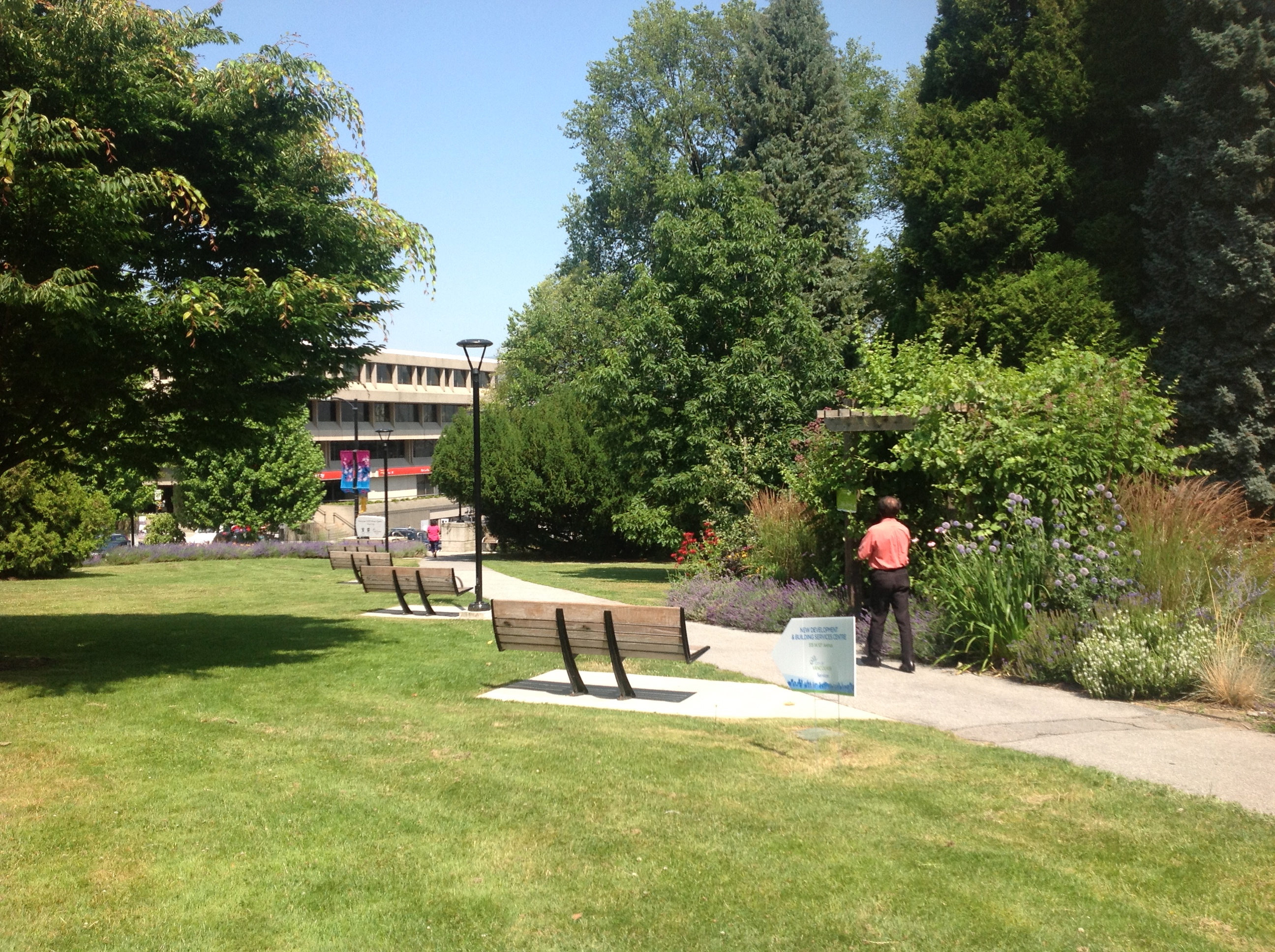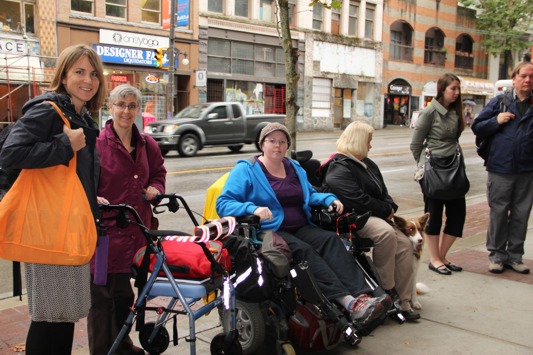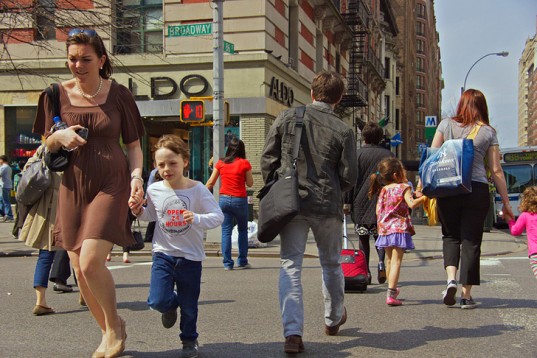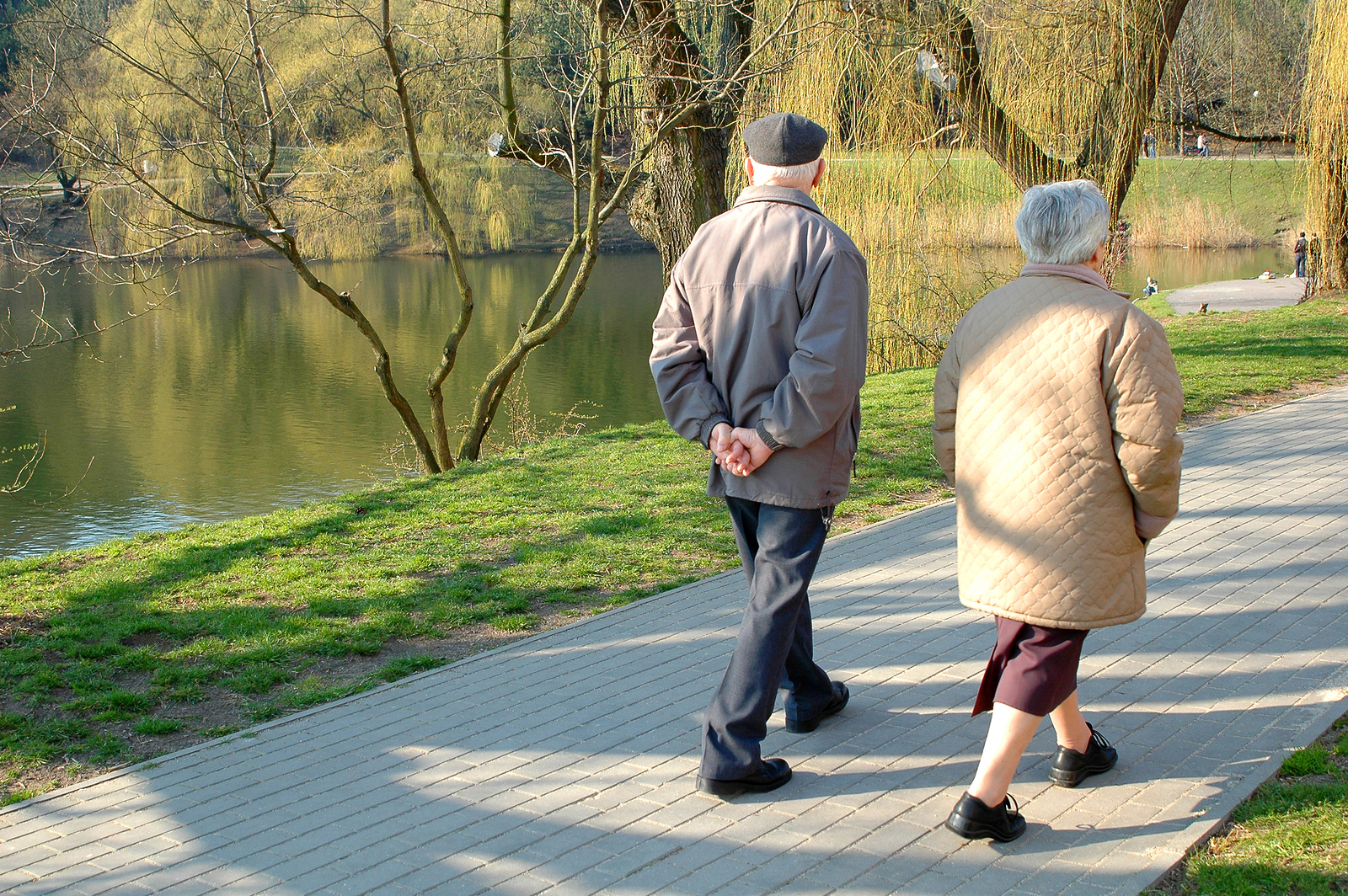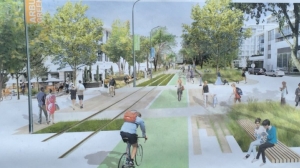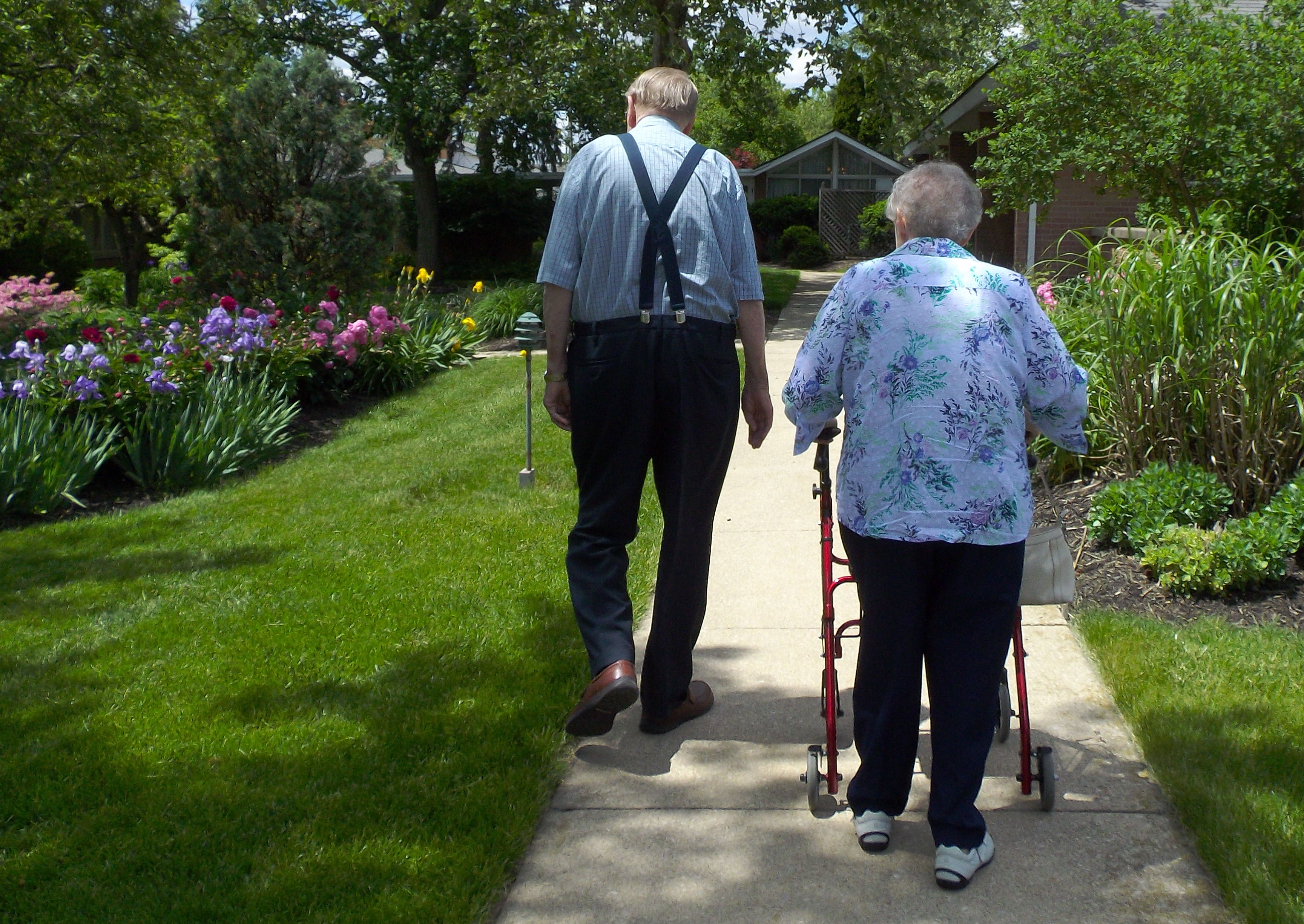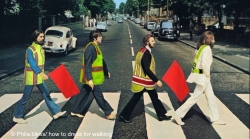
The statistics have just been released that there were 11 murders in the City of Vancouver in 2016. The 11 murders did not include the 11 pedestrians who died by being crashed into by vehicles on city streets. And some sobering statistics for Metro Vancouver-“the coroners’ research found that 40 per cent of pedestrians killed in Greater Vancouver were struck at intersections and in crosswalks. Of those killed in crosswalks, two-thirds were crossing while the light was green”.
Concerned citizens nationally note that somehow we view the death of walkers by cars as an inevitable side effect of motordom, an unavoidable collateral to the convenience of the car. Indeed one of the rationales for driverless vehicle technology is that less pedestrians will be maimed and die.
Torontonians call this carnage “road violence”, a term first used when the car started to take over public streets in the early part of the 20th century. Earlier in that century cars in Paris were even regulated to only go the speed of a walker, to ensure that pedestrians had a chance. Vancouver pedestrians are dying by vehicle crashes at twice the rate per capita of Toronto, where one person is injured every four hours, and over 44 pedestrians were killed in 2016. But in Vancouver there is not the outrage, not the insistence that we look clearly at the four items that can ameliorate this awful paradigm-visibility, driver behaviour, speed and road design. We don’t have a city councillor or mayor that is taking this task on, and many people deride the obvious statement that reflectivity is very important for pedestrians in our low light winters. Wearing reflective items markedly decreased pedestrian deaths in Scandinavia.
We need political will to change driver behaviour, speed,and road design in Vancouver. Visibility? Pedestrians can assist with this piece. Noted journalist Daphne Bramham has written in the Vancouver Sun that “At least half a dozen times since the rains have come, I’ve been startled by pedestrians — dressed all in black — darting across the street in the middle of the block or against a red light…Sure, it’s fashionable and comfortable to wear black. But it’s also bloody risky, especially on dark, rainy Vancouver nights.
“There is data showing that Vancouver (closely followed by Surrey) is the pedestrian death capital of Canada. During this past, bleak, rainy October, twice as many B.C. pedestrians died as were killed in the six previous years. Ten pedestrians died in five Lower Mainland communities, which brought the provincial death toll for 2016 to 47. Usually, January is usually the worst month. Data for 2010 to 2015 collected by the B.C. Coroners Service shows that, on average, 7.4 pedestrians die every January. In November, the average is 7.2, and in December, 6.3.” And in Tsawwassen, one of those lower mainland communities, two seniors were mowed down and killed on 56th Street in two separate incidents. They were in a marked crosswalked intersection killed by cars making left turns.And in the Lower Mainland a disproportionate number of those killed by vehicle crashes are seniors.
Daphne also noted that “A good and caring friend gave me some reflective bands to wear. Yet even though I knew I was safer, I felt foolish wearing them”. That is the work that the Walk and Be Seen Project at Kitsilano Neighbourhood House is undertaking with seniors to change how pedestrians feel about using reflective items in our rainy winters.
Mountain Equipment Co-op (MEC) makes a universal reflective sash that can be used by anyone, and there are textiles, sprays and even reflective wool that can be knitted. We need to insist that winter clothes have reflectivity and are not all black as is the current style. Until we can change the paradigm with the car, being visible at night is one thing that pedestrians can do, as well as contacting their Metro Vancouver Mayors and City Councillors and demanding that pedestrian safety be made a priority. It is a matter of life or death.


